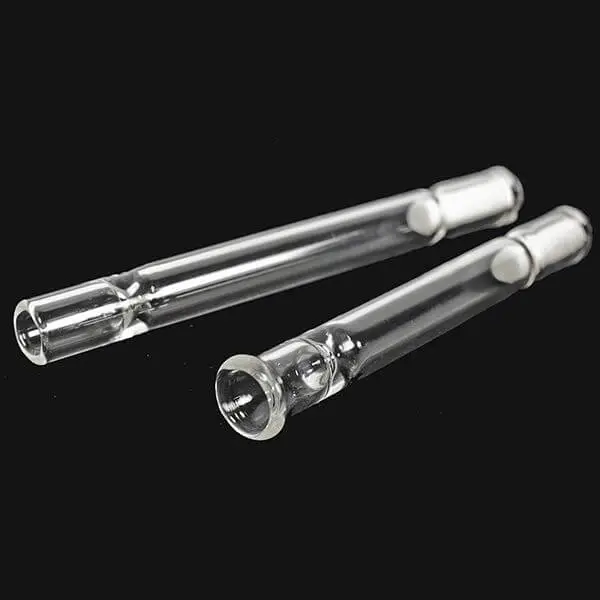Reasons Why Every Smoker Needs a One-Hitter Pipe
A one-hitter is a small pipe that holds enough cannabis for a single hit. They are usually tube-shaped, with a mouthpiece on one end and an area to pack the weed on the other.
They are extremely discreet and can be hidden away in your hand. They also come in all sorts of unique designs, from ones that resemble cigarettes to pipes made out of glass.
Easy to Clean
While more complex devices have become increasingly popular, one-hitter pipes still hold their own in the stoner community. This is because they offer the same high-quality smoke but are much easier to use and maintain.
Unlike a glass bong, you can clean your metal or plastic one hitter pipe using water and a pipe cleaner or Q-tip with rubbing alcohol. If your one hitter gets especially dirty, you can also soak it in salt and isopropyl alcohol to remove any residue. It’s important to clean your one hitter regularly to prevent resin buildup, which can impact the flavor and experience. Make sure to scrape the small bowl after each session and rinse it before reusing it. Keeping up with regular cleaning sessions will ensure your one-hitter is always ready to go. This is especially important for users who want to conserve their stash and limit consumption.
Discreet
Often small enough to slip into your pocket or the palm of your hand, one-hitter pipes are ideal for a discreet smoke session. Also known as a dugout pipe, chillum, or spliff, the one-hitter is a thin, tubular piece with a mouthpiece at one end and a bowl at the other. Because they’re designed for a single hit, one-hitters produce far less smell than different types of pipes. This can be especially helpful if you live or travel in locales with unfriendly marijuana laws. They’re also much easier to use than other types of pipes. Just pack a small amount of herb into the bowl, light it and inhale. Because of their compact size, one-hitters are much easier to clean than a traditional pipe or vaporizer. Just be sure to clean your one-hitter regularly to avoid resin buildup. You can purchase a variety of one-hitters in glass, metal, and ceramic finishes. Some are even made to look like cigarette tubes for more discretion.
Easy to Carry
One-hitter pipes are small and easy to carry, making them a great choice for situations where discretion is important. They also produce less smoke and odor than larger pipes or joints, helping to keep your smoking discreet.
You can find various one-hitter options, from sleek metal pipes to glass and even stone varieties with luxury finishes. Some are designed to look like cigarettes for added discretion.
To use a one-hitter, pack it tightly with your preferred amount of cannabis and hold the mouthpiece to your lips as you inhale. After taking your hit, ash the pipe and repack for another use.
Because they’re so small, it’s easy to stash a one-hitter in your purse or pocket and pull it out whenever needed. They also fit easily in a smoking accessory bag or carrying case for extra convenience. You can even buy a dedicated one-hitter storage unit to keep yours tidy and organized.
Easy to Light
Unlike a full bowl of cannabis or a dab rig, one-hitters can be packed and lit with the same technique as a standard cigarette. This makes them super easy to use without bringing a full rolling kit or risking clumsily crushing a pre-roll. Because of their narrow bowls, one-hitter pipes force you to conserve your stash and not waste weed. The slim design also helps to produce cleaner, cooler smoke than a joint or blunt.
Glass one-hitters are the most common, but you must be careful with them on the move because they can easily break or shatter. Metal ones are more durable but can sometimes give off a metallic taste to your hit. Plastic ones are good for keeping around the house and come in various colors to fit your style. You can also find one-hitters sold with silicone cases for better discretion and to protect your hands from hot smoke.






